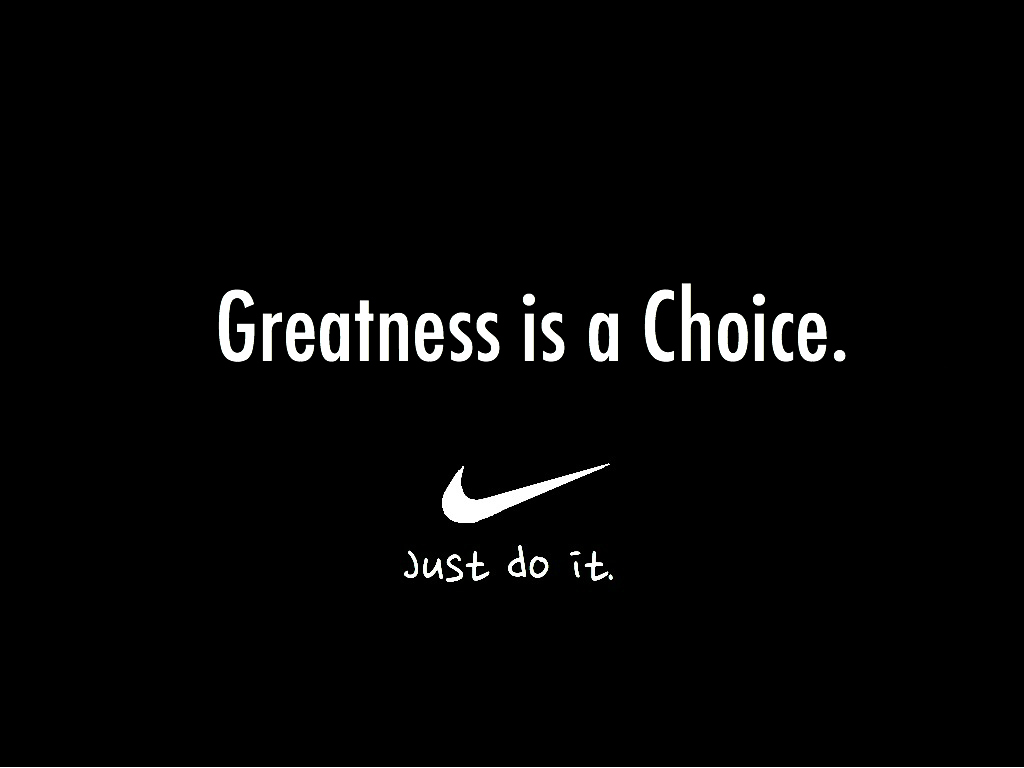There’s the old saying, “Behind every great individual is a great [Insert spouse, partner, mom, dad, family, mentor].”
Let’s update this for modern times, we could say, “Behind every C player, there’s a ……..”
Hmmm, troubling, isn’t it?
But be honest with yourselves. You’re reading this, no one is watching you, you can reflect, privately, on your own performances as leaders and managers.
We have C players in our organizations, because we let them stay in the organization and we tolerate C performance.
What’s this say about our own performance and leadership capabilities?
If our job is to maximize the performance of every person on our team, if we were doing our jobs, we wouldn’t have C players–at least not for long.
We’d recognize that having C players in our organization is not the C player’s problem. It’s our problem, we aren’t doing our jobs to maximize performance in the organization.
We have someone who can’t perform, they may not have the skills/capabilities. They may not understand what they need to do to be top performers. They may be the right people in the wrong jobs. Perhaps in another role they could be A players, and we are cheating them of that opportunity.
We tend to blame C players, but the blame must be put squarely on the shoulders of management. When we accept C players, when we aren’t doing everything we can to create organizations of A players, we aren’t doing our jobs.
If we aren’t doing our jobs, if we aren’t doing everything possible to maximize the performance of each person in the organization, then we are C players ourselves.
It’s so easy to look at and assess the performance of others, putting them int A, B, C buckets. But it’s unacceptable to think, “That’s just the way things are, every organization will have some top performers, and they will have non-performers.” It’s just plain wrong. The only reason we have C players is that we permit them to be in the organization and we do nothing about them.
Yeah, I know some of you are going to pull out the normal distribution or bell curve argument. You’ll say, “The bulk of our people will be in the middle–B players, there will be a small number that are top performers, and a small number that are bottom performers.” You’ll shrug your shoulders, saying that’s just the way things are.
That’s pure garbage, it’s what we settle for because we aren’t willing to step up and do our jobs as managers and leaders. Sure there might be the statistical argument, there might be the normal distribution. Let’s make it A+, A, A-!
C players in an organization are unacceptable. We’ve created and allowed them to exist. We’ve either recruited the wrong person, we’ve not set clear expectations, we aren’t training, coaching, developing these people to meet our performance expectations, we aren’t moving those that can’t do the job into roles where they can be A players.
Having C players in our organizations, having B players that we aren’t developing to A’s, means we’ve settled for and accepted mediocrity! As a result, we aren’t doing our jobs.
We owe this to our people, our companies, and ourselves. We can and must build for EXCELLENCE! It’s the responsibility of each leader, and it’s up to us to build a culture of EXCELLENCE and performance.
Imagine what it would be like to say, “Behind every A player, there’s a ……….”

If you rank on a curve, you have to have C performers — who may also be great.
Mike: I think that’s the problem, that we are grading on a curve. We haven’t taken the time to clearly define: “In this role, this is what outstanding performance means…….” We then evaluate people, coach, and develop them to meet that standard.
The problem comes when we don’t take the time to define this. As a result, we start comparing our people to each other—grading on the curve—as a result, we may actually not be doing what we need to do to achieve great performance.
Having said this, you are absolutely right, we can have C players who are great–But would we really label the C players. Why compare them to others, but against the standard of performance?
Good article but lots of typo’s. I want to share the article but will need to caveat the typo item. Sorry don’t mean to criticize publicly but cannot find a private feedback method on this site to send. Hoping this feedback will be taken as it is meant to be – helpful for your next blogs/articles. Thanks
Rob, thanks so much! It was appalling when I re-read it. Hopefully, the corrections have improved it. Thanks for keeping me honest! Regards, Dave